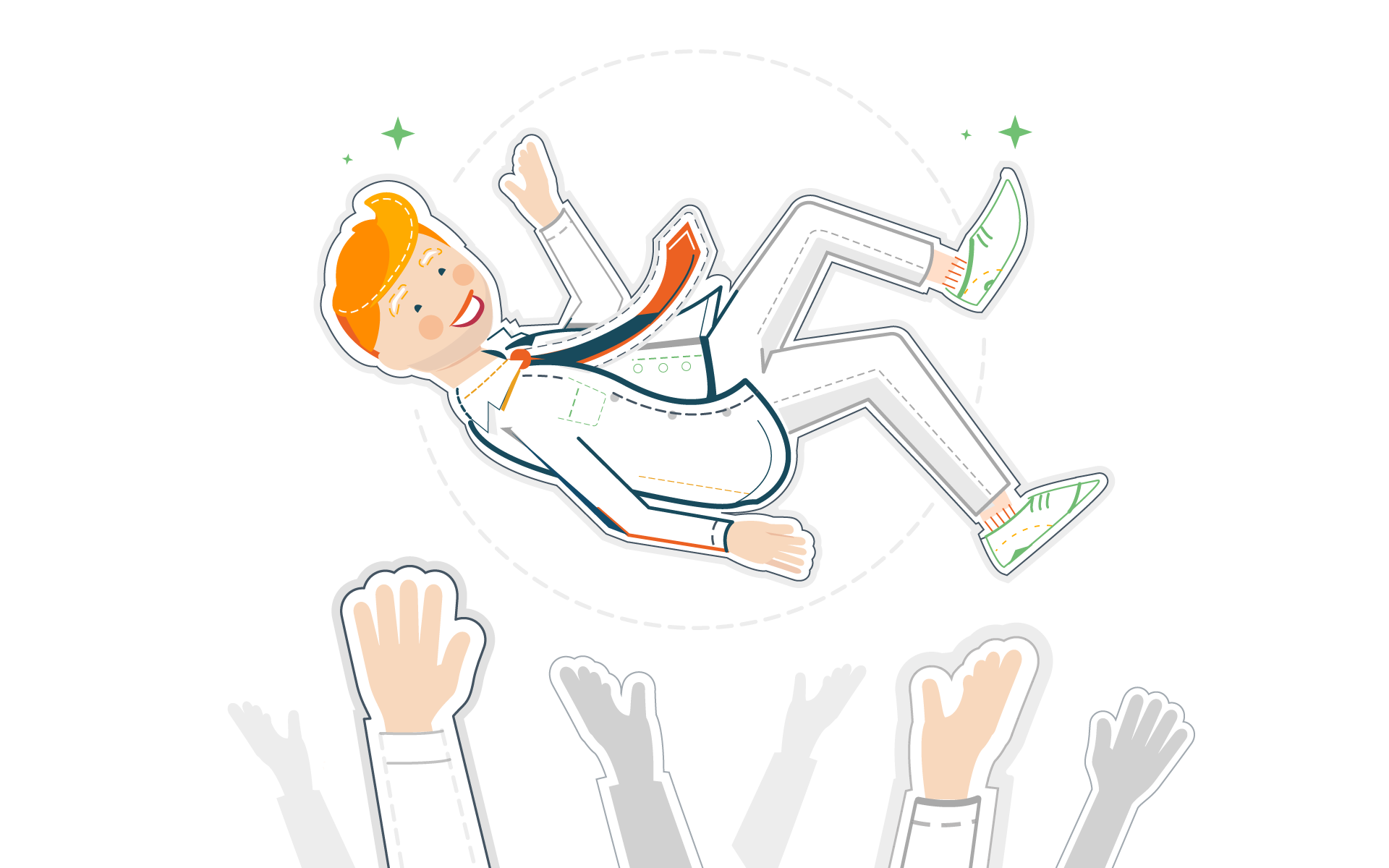Could employee recognition support workplace wellbeing?
Low wellbeing and feeling unable to cope with day to day activities are accepted as having a negative impact on how productive someone is in work; one estimate is that it can result in workplaces losing up to 27 days of productive time per employee each year. A whole host of different factors affect wellbeing of course but many of those factors are related to working life.
Most employers would agree that’s a real issue that needs addressing and many are working to create a workplace where wellbeing can be more successfully nurtured and sustained. Could recognition have a part to play in achieving that?
It’s not straightforward to pin down exactly what positive wellbeing looks like. For the majority of people, it isn’t an absolute state. Someone might feel ok most of the time but feel low or suffer from stress or anxiety periodically. There are many variables at play that continually affect it.
However, we do know that psychosocial factors have an impact on employees’ psychological responses to work. That includes the way work is carried out (so things like deadlines and workloads) but it also covers the context of that work. That includes relationships and interactions with managers and peers.
UK charity and mental health organization Mind has launched an annual Workplace Wellbeing Index to benchmark best practice. In 2016/2017, 30 organizations took part in the first-ever index with 15,000 employees participating. Companies were assessed for how well they addressed, supported and promoted employee wellbeing and employees completed a survey, sharing their experiences.
One of the findings highlighted is the need to have mechanisms in place that encourage ‘positive wellbeing behaviors’ including peer support.
The research confirmed how creating the right environment has a positive impact on employee health and wellbeing, as well as for job satisfaction and productivity levels.
The American Psychological Association (APA) has already done a significant amount of research into what makes a healthy workplace. One of the five key components they’ve identified is employee recognition (the others being work-life balance, health and safety, employee growth and development, and employee involvement).
Their Center for Organizational Excellence (COE) runs the annual Organisational Excellence Award and Psychologically Healthy Workplace Awards to highlight how organizations can take care of their employees while at the same time enhancing their bottom-line performance.
In a survey of the winning organizations’ employees, 82% reported that employee recognition was a top priority in their company.
The wellbeing benefits of giving
An interesting observation about how recognition can potentially enhance wellbeing is that it isn’t only the people being recognized who feel the benefits. Being the giver of recognition also appears to be a fundamental part of the wellbeing equation. Givers benefit from being part of a culture where expressing their own gratitude and appreciation of others is an accepted and encouraged practice.
There could be a few factors at play here. One is a sense of connection with peers at work. If you are able to both savor a sense of being appreciated while also being able to express your own feelings of appreciation, it builds bonds. Evidence suggests if you feel closely connected to peers at work, you’re likely to be physically and mentally healthier as a result.
Research like this meta-analysis identifies how a sense of connection can have a positive effect on mental health. Good social wellness is grounded in high quality and positive interactions with others. It’s also been noted that the act of giving increases happiness and lowers stress, all contributing towards an overall and sustained sense of wellbeing.
Recognition alone is not wellbeing panacea. Its introduction will not automatically lead to more mentally healthy organizations. However, looking at what we know about factors that contribute to a healthy workplace it’s fair to conclude recognition certainly seems to have a role to play as a piece of the overall workplace wellbeing jigsaw.


 30 ideas to help a new starter in their first week
30 ideas to help a new starter in their first week
 The value of external feedback in the workplace
The value of external feedback in the workplace
 Expand the power of recognition with Partner Appreciation
Expand the power of recognition with Partner Appreciation